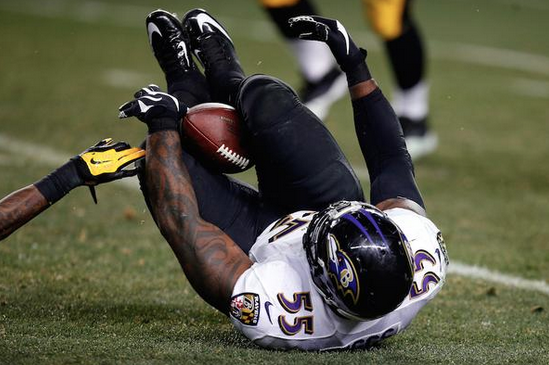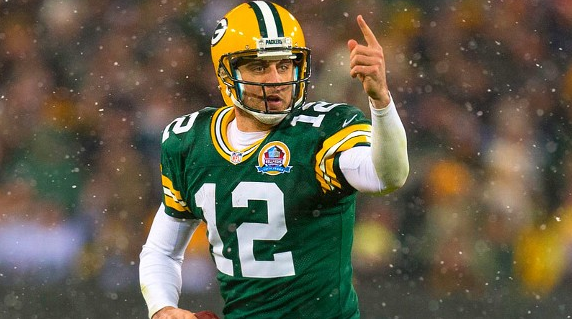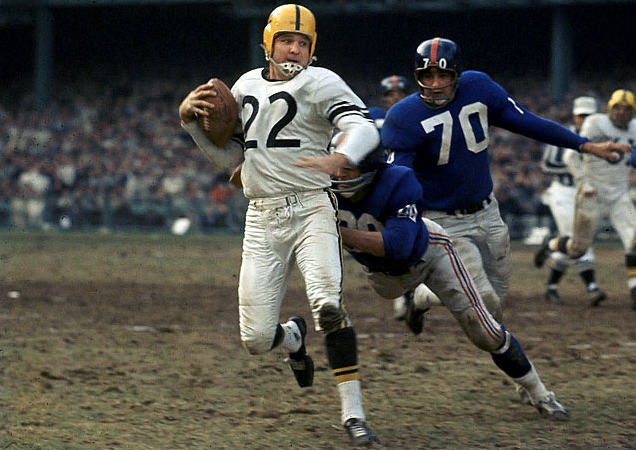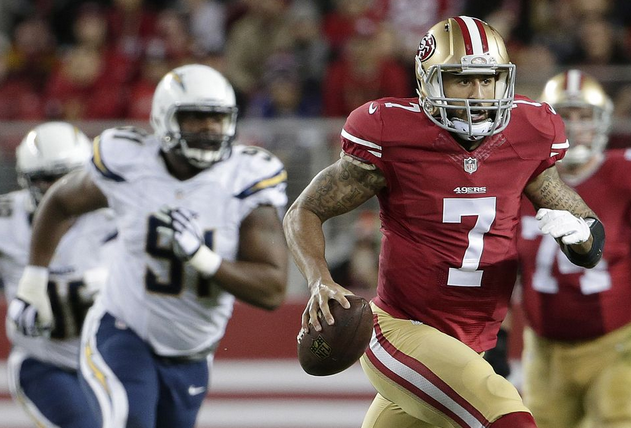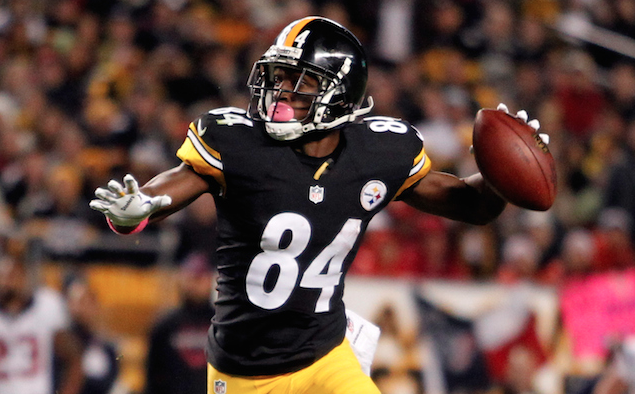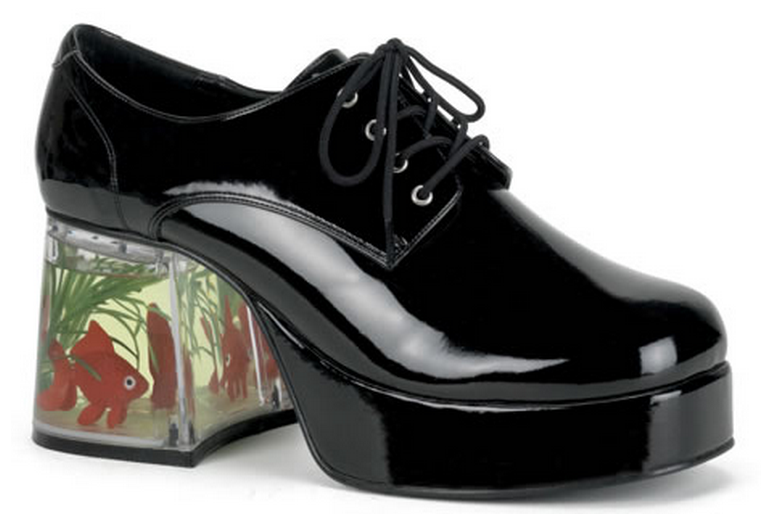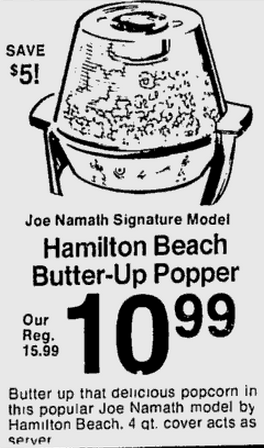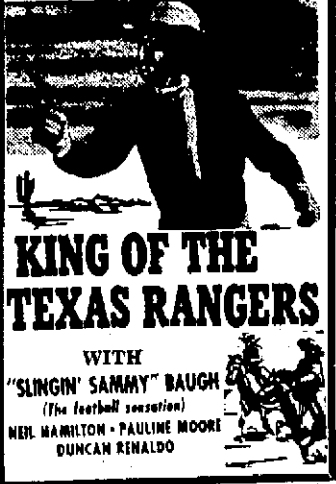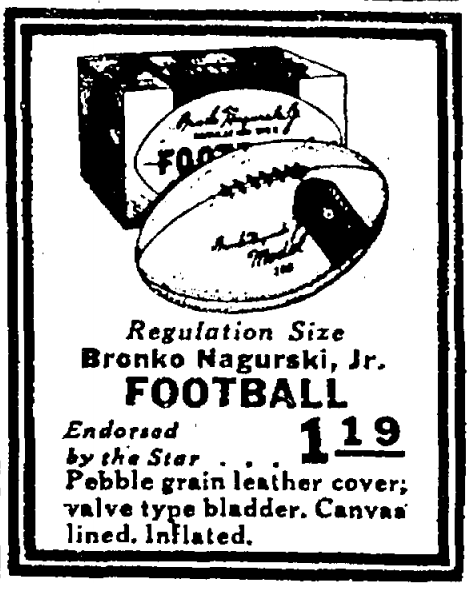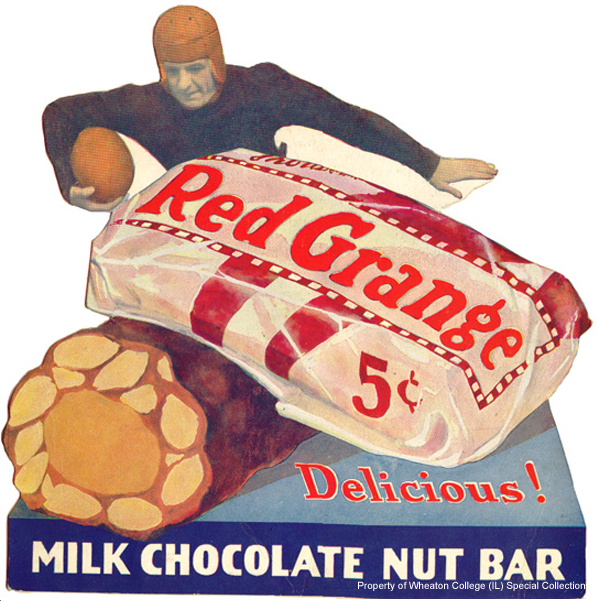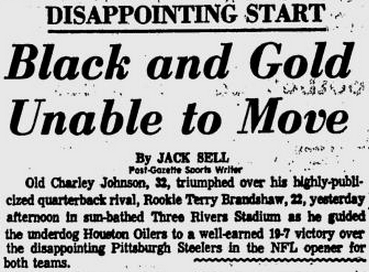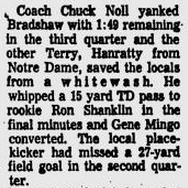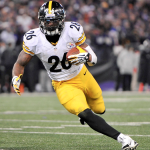Here’s what’s really amazing about Odell Beckham, the Giants’ fantabulous rookie receiver: He became a phenomenon even though his team lost seven of his first eight NFL games. Now that’s hard to do — though it’s probably a little less hard if you happen to play in the media capital of the world.
With his one-handed grabs, big-play ability and week-in, week-out productivity, Beckham takes your breath away. His numbers don’t just speak for themselves, their shout: 79 catches for 1,120 yards and 11 touchdowns in just 11 games. If he hadn’t missed the first month with a hamstring injury, we’d be talking about one of the greatest receiving seasons in history, not just one of the greatest by a first-year guy.
But let’s discuss that for a moment – the best seasons, that is, by rookie receivers. Earlier this week in the New York Post, Brian Lewis wrote:
No rookie receiver has ever had the kind of a start to an NFL career that Odell Beckham Jr., has, no first-year wideout has dominated defenses and back pages and highlight shows like this since Randy Moss.
I agree with the second half of that statement, but I take issue with the absolute certainty of the first half. After all, this is the league’s 95th season. Almost everything has happened before, including a rookie receiver exploding the way Beckham has
Before I go any further, check out this chart. It’ll give you an idea of where Odell’s performance falls — with a game, of course, still to play.
MOST RECEIVING YARDS PER GAME BY A ROOKIE IN NFL/AFL HISTORY
| Year |
Receiver, Team |
G |
Yards |
Avg |
TD |
|---|
| 1960 |
Bill Groman, Oilers (AFL) |
14 |
1,473 |
105.2 |
12 |
| 1952 |
Billy Howton, Packers |
12 |
1,231 |
102.6 |
13 |
| 2014 |
Odell Beckham, Giants |
11 |
1,120 |
101.8 |
11 |
| 1954 |
Harlon Hill, Bears |
12 |
1,124 |
93.7 |
12 |
| 2003 |
Anquan Boldin, Cardinals |
16 |
1,377 |
86.1 |
8 |
| 1998 |
Randy Moss, Vikings |
16 |
1,313 |
82.1 |
17 |
| 1965 |
Bob Hayes, Cowboys |
13 |
1,003 |
77.2 |
12 |
| 1961 |
Mike Ditka (TE), Bears |
14 |
1,056 |
76.9 |
12 |
| 1982 |
Charlie Brown, Redskins |
9* |
690 |
76.7 |
8 |
| 1958 |
Jimmy Orr, Steelers |
12 |
910 |
75.8 |
7 |
| 1996 |
Terry Glenn, Patriots |
15 |
1,132 |
75.5 |
6 |
*9-game strike season
(I tacked on the touchdowns at the end in case you were curious.)
One of the things I love about this chart is that just about every decade is represented. There are three receivers from the ’50s, three from the ’60s, two from the ’90s and one each from the ’80s, ’00s and ’10s. Only the ’70s, when defense had the upper hand, are missing.
Another thing I love about this chart is that it’s fair. It looks at per-game average rather than gross yardage, which would skew things toward receivers who had the benefit of longer seasons. Beckham will play in “only” 12 games this year, which is how many Billy Howton, Harlon Hill and Jimmy Orr played in in the ’50s. So you can put his stats next to theirs and decide for yourself who was better. (I’m excluding Bill Groman from this discussion because the AFL in 1960 wasn’t close to being on the NFL’s level.)
Howton had six 100-yard games that season and Hill seven. Let’s compare them to Beckham’s six (so far):
Howton 1952 Hill 1954 Beckham 2014
| Opponent |
Rec-Yds-TD |
Opponent |
Rec-Yds-TD |
Opponent |
Rec-Yds-TD |
|---|
| Redskins |
3-128-1 |
Lions |
4-140-1 |
Colts |
8-156-0 |
|
| Rams |
5-156-1 |
Colts |
3-144-1 |
Seahawks |
7-108-0 |
|
| Lions |
7-151-1 |
49ers |
4-116-1 |
Cowboys |
10-146-2 |
|
| Lions |
7-123-2 |
49ers |
7-224-4 |
Titans |
11-130-1 |
|
| Rams |
6-200-0 |
Browns |
3-117-1 |
Redskins |
12-143-3 |
|
| 49ers |
8-162-2 |
Rams |
6-109-1 |
Rams |
8-148-2 |
|
| Totals |
36-920-8 |
Cardinals |
6-117-1 |
Totals |
56-831-8 |
|
|
|
Totals |
33-967-10 |
|
|
|
You can debate until you’re blue in the face the differences between eras and what all this means. But as you can see, what Beckham is doing as a rookie isn’t exactly unprecedented. 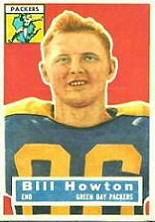 Other receivers have “had the kind of a start to an NFL career that Odell Beckham Jr., has.” They just played so long ago that hardly anybody remembers.
Other receivers have “had the kind of a start to an NFL career that Odell Beckham Jr., has.” They just played so long ago that hardly anybody remembers.
Howton and Hill, too, were phenomenons. Billy, for instance, had six touchdown catches of 50 yards or longer (90, 89, 78, 69, 54, 50) plus a non-scoring grab of 76. Harlon had TDs of 76, 66, 65 and 64. They were downfield threats, just like Beckham is. The NFL just didn’t get the attention then that it does now. (Never mind an NFL Channel; there was barely an NBC.)
When Howton retired after the 1963 season, he was the all-time leader in receptions (503) and receiving yards (8,459) and ranked third receiving touchdowns (61). He simply had the misfortune of playing in Green Bay when it truly was pro football’s Siberia. (Read: Before Vince Lombardi arrived and thawed things out.)
I kid you not: The day Howton broke Don Hutson’s career receptions record (488), The Dallas Morning News mentioned it in the last paragraph of its game story. (Howton spent his last four seasons with the expansion Cowboys.) And the day the Colts’ Ray Berry broke Billy’s receptions mark, The Associated Press reported: “Berry caught five passes . . . to raise his career total [to] 506,” which was three more than “the career record held by Jim Howton.”
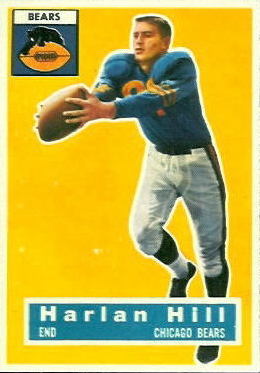 Jim Howton?
Jim Howton?
As for Hill, he could have wound up in Canton — why Howton isn’t there, I’ll never understand — if injuries hadn’t robbed him of his specialness. Consider: He scored 32 touchdowns in his first three seasons, a total of 36 games. Only four receivers have scored more in their first 36 games: Randy Moss (43), Jerry Rice (40), Rob Gronkowski (38) and John Jefferson (36). How’s that for company?
None of this is meant to knock Beckham down a few pegs. The kid has been an absolute revelation. It’s just meant to remind everybody that he’s not alone on that peg. As I said, the NFL has been around for a long time.
Source: pro-football-reference.com
